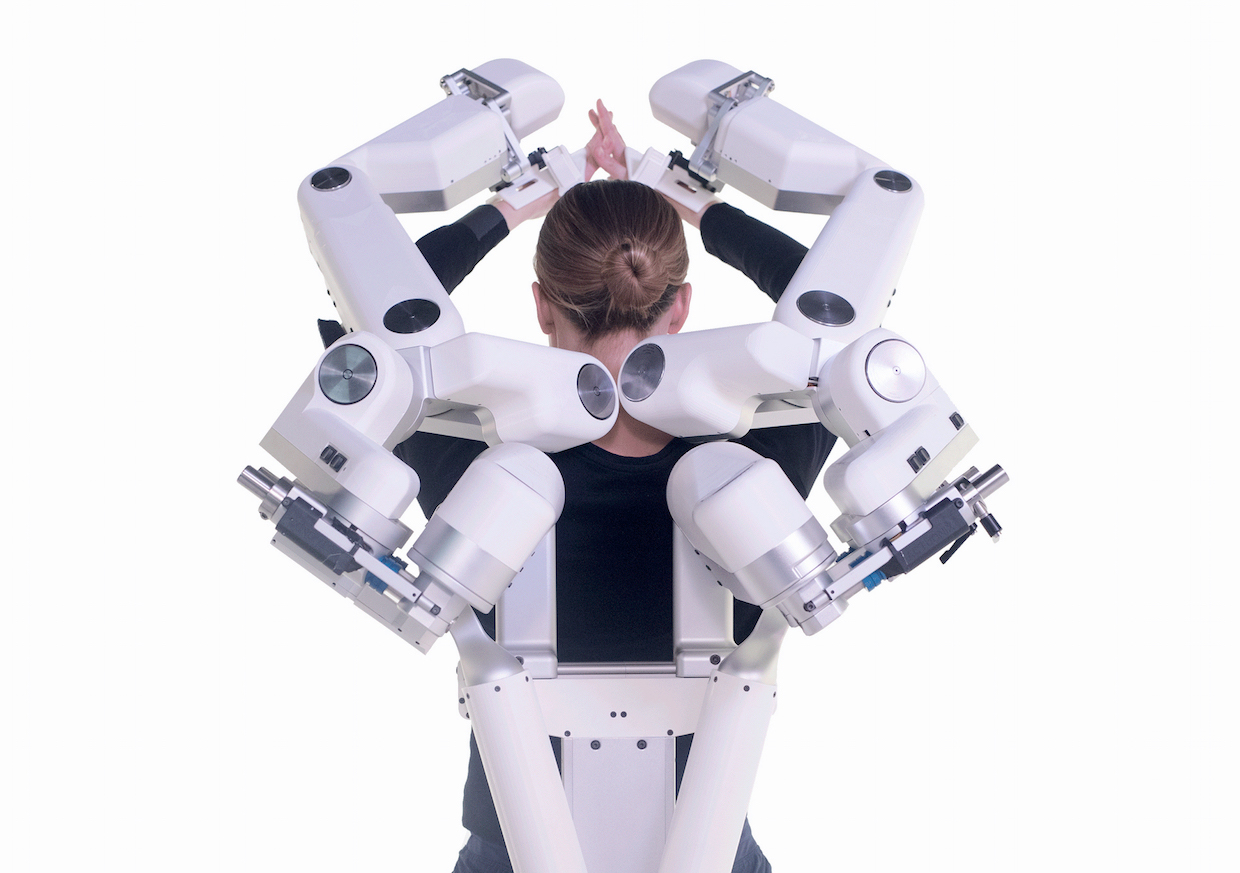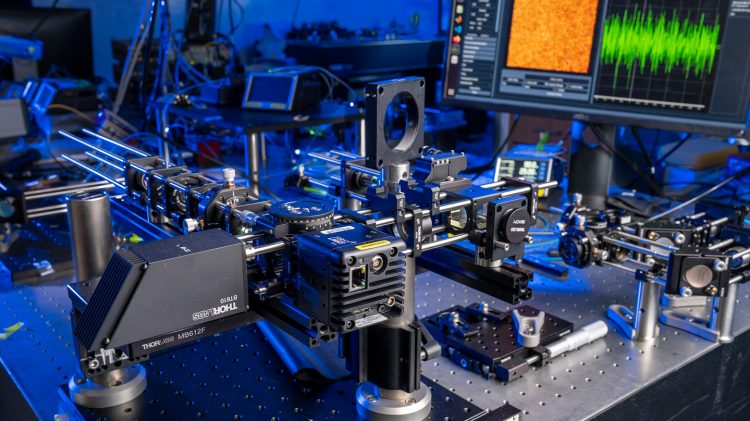The marriage of biology and technology is no longer confined to the pages of science fiction. Bionics — the use of mechanical or electronic systems to replace or enhance biological functions — is gradually becoming a part of everyday life. But as we step into a world where human potential is intertwined with cutting-edge technology, questions arise: Will bionics unlock new frontiers for human achievement, or will they bring forth a slew of ethical dilemmas?
Bionics stands at the intersection of science, technology, and philosophy, carrying with it promises of medical miracles, personal empowerment, and groundbreaking advancements in fields like prosthetics, neuroenhancement, and human augmentation. However, it also raises fundamental questions about identity, fairness, and the very essence of being human. To fully understand where we stand in this brave new world, we need to examine both the transformative potential and the ethical challenges of bionic technologies.
The Promise of Bionics: A New Frontier for Human Potential
1. The Evolution of Prosthetics: From Replacement to Enhancement
Prosthetics have traditionally served as a replacement for lost limbs or organs. But today, the field is experiencing a radical transformation. Advanced prosthetics are no longer simply tools for restoring basic function; they are becoming instruments of enhancement.
Modern prosthetic limbs, such as the bionic arm developed by companies like Open Bionics, go beyond merely mimicking human movement. They can respond to neural impulses, offering amputees the ability to grip, move, and interact with the world as if they were born with their limbs. This leap is not just about restoring lost function but about amplifying the user’s potential, enabling them to do things they never could before. Imagine a person who has lost both legs being able to run faster than they ever could in the past with prosthetic enhancements.
Moreover, bionics is revolutionizing organ transplantation. The creation of synthetic hearts, lungs, and even kidneys, which can be custom-built to fit individual patients, could render the current waitlist system for organ transplants a relic of the past. This would significantly increase survival rates and improve the quality of life for many individuals who otherwise would have had little hope.
2. Neuroenhancement: Expanding the Boundaries of the Brain
Bionics is not limited to the physical realm. Brain-computer interfaces (BCIs), a form of neuroenhancement, are allowing humans to communicate directly with computers or machines using their thoughts alone. This technology has vast implications, not just for people with disabilities but for healthy individuals seeking cognitive enhancement.
The possibilities are mind-blowing. With BCIs, it could become possible for humans to instantly learn new skills, communicate telepathically, or even upload vast amounts of knowledge directly into their brains. The enhancement of cognitive capabilities through bionics could enable us to solve problems more quickly, think more clearly, and access information faster than ever before. The implications for education, business, and research are staggering.

However, there’s more to neuroenhancement than just intellectual potential. By connecting the brain to external devices, bionics could also improve sensory perception. For example, bionic eyes are already being used to help the visually impaired regain partial sight. With further advancements, we could see the development of new types of sight altogether — infrared vision, for instance, or even the ability to perceive electromagnetic fields.
3. Superhuman Abilities: The Dawn of Human Augmentation
Perhaps the most exciting and controversial potential of bionics lies in its ability to transcend the biological limits of the human body. By combining biological components with mechanical enhancements, humans could one day possess superhuman strength, speed, endurance, and cognitive function.
Military applications are already exploring the potential of bionic enhancements to increase soldiers’ physical and mental capabilities. In the private sector, companies like Elon Musk’s Neuralink are working on devices that could make humans smarter, faster, and more resistant to disease. While these developments are still in their infancy, they represent a tantalizing glimpse into a future where human potential is no longer bound by biology.
Ethical Dilemmas in the Age of Bionics
While the promise of bionics is compelling, it also raises a host of ethical concerns. As we augment the human body with machines, where do we draw the line between enhancement and exploitation? Can we ensure that these technologies are accessible and equitable, or will they become the preserve of the rich and powerful?
1. The Question of Identity: What Does It Mean to Be Human?
One of the most profound philosophical questions raised by bionics is about the nature of identity. If a person replaces a significant portion of their body with bionic parts, at what point do they cease to be fully human? How do we define the essence of humanity when human bodies become more and more mechanized?
This question becomes particularly urgent in the case of neuroenhancements. If a person’s mind can be enhanced or even controlled by external devices, are they still the same person? In the future, could a person who chooses to augment their brain’s cognitive abilities lose their sense of self? Or worse, could they become vulnerable to manipulation by those controlling the technology?
Moreover, as bionics blur the line between man and machine, we risk losing the very traits that make us human — our imperfections, our vulnerabilities, and our shared experience of mortality. As humans evolve to become something more than human, we may struggle to retain the qualities that define us as individuals and as a species.
2. Equity and Access: Who Gets to Be Enhanced?
Another major ethical issue is the potential for bionics to exacerbate existing social inequalities. The development and implementation of advanced bionic technologies will undoubtedly require significant investment, meaning that only the wealthiest individuals and nations will be able to afford the most advanced enhancements.
This creates the potential for a two-tiered society — one where the privileged few can enhance themselves, gaining advantages in everything from intellectual ability to physical performance, while the rest of the population remains left behind. The divide between the “augmented” and the “non-augmented” could lead to new forms of discrimination, resentment, and social unrest.
Furthermore, if bionics becomes a requirement for success in certain fields — such as sports, the military, or even business — the pressure to undergo enhancements could become overwhelming. Individuals may feel coerced into enhancing themselves in order to compete, leading to a loss of autonomy over their own bodies.
3. The Risk of Unintended Consequences
Every new technology comes with unintended consequences, and bionics is no different. While these advancements offer incredible possibilities, they also carry significant risks. For example, as we enhance our bodies and minds, we may inadvertently create new vulnerabilities.

What happens if a bionic limb malfunctions or is hacked? What if brain-computer interfaces are used to manipulate a person’s thoughts or memories? Even if bionic technologies become foolproof, there is the risk of unforeseen consequences, such as the creation of a population of people who are dependent on external devices for their survival.
Additionally, bionic enhancements could lead to new forms of physical and psychological addiction. If humans begin to rely on bionic devices to perform everyday tasks or enhance their capabilities, they may become unable to function without them. This could create a dependency on technology that could be difficult, if not impossible, to break.
4. The Moral Question of Enhancement: Is It Ethical to “Play God”?
Perhaps the most contentious ethical dilemma surrounding bionics is the question of whether it is morally acceptable to enhance human abilities beyond their natural limits. Critics argue that tampering with the human body and mind could be seen as “playing God” — an act of arrogance and hubris that undermines the natural course of evolution.
On the other hand, proponents of human enhancement argue that bionics is simply an extension of our desire to improve and evolve. After all, humans have been modifying their environment and their bodies for thousands of years. From agriculture to medicine, we have always sought ways to increase our capabilities. Bionics, they argue, is simply the next logical step in this process.
Ultimately, the question may come down to one of intention. If bionics is used to help people overcome disabilities, improve their quality of life, and extend their lifespans, it may be seen as a force for good. But if it is used to gain unfair advantages or to push the boundaries of human performance in ways that could be detrimental to society, the ethical concerns will become far more pronounced.
Conclusion: The Future of Bionics — A Double-Edged Sword
The future of bionics holds tremendous promise, but it also presents profound challenges. As we push the boundaries of human potential, we must remain mindful of the ethical implications of these advancements. Will bionics redefine the human experience, allowing us to transcend the limitations of biology and unlock untapped potential? Or will they create a world divided between the augmented and the unaugmented, raising questions of fairness, identity, and morality?
Only time will tell. But as we stand on the cusp of this new era, it’s essential that we approach the integration of bionics with care, ensuring that we embrace its benefits while mitigating its risks. If we can navigate this delicate balance, we may one day look back and marvel at the ways in which bionics helped us to redefine what it means to be human.











































